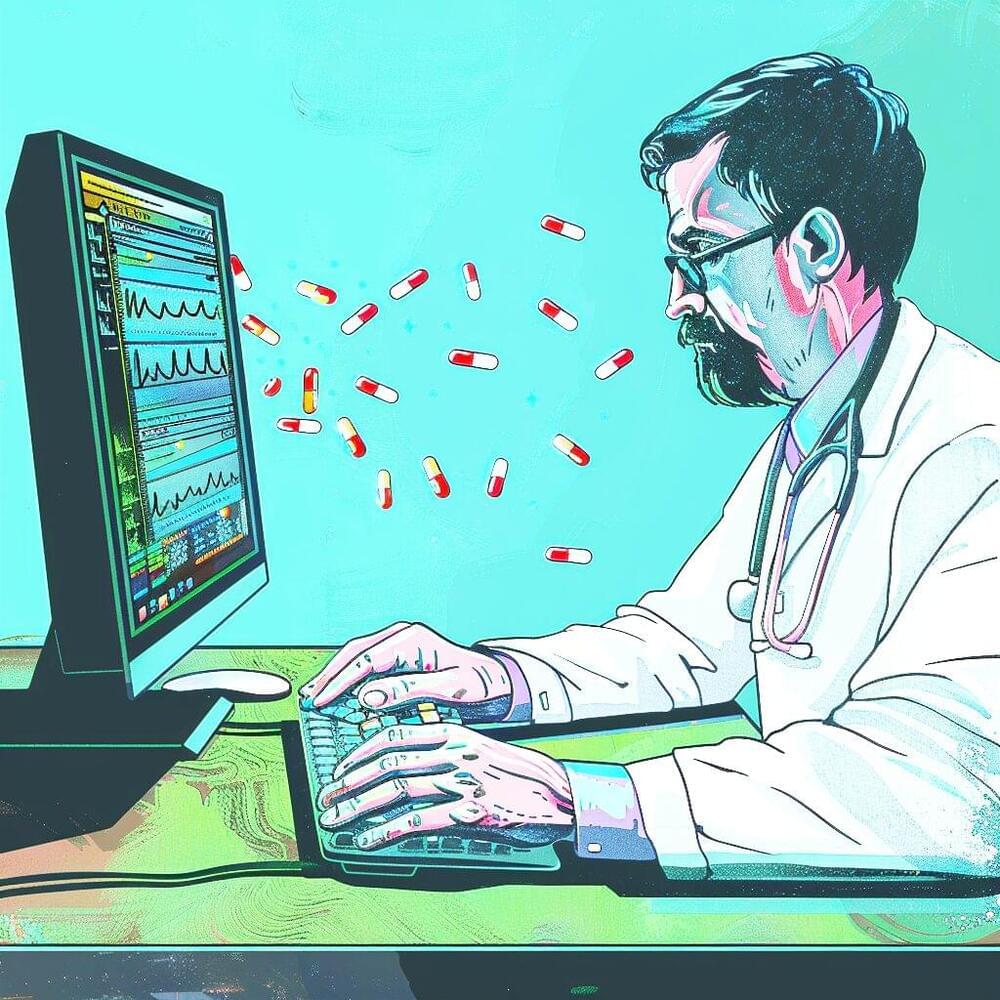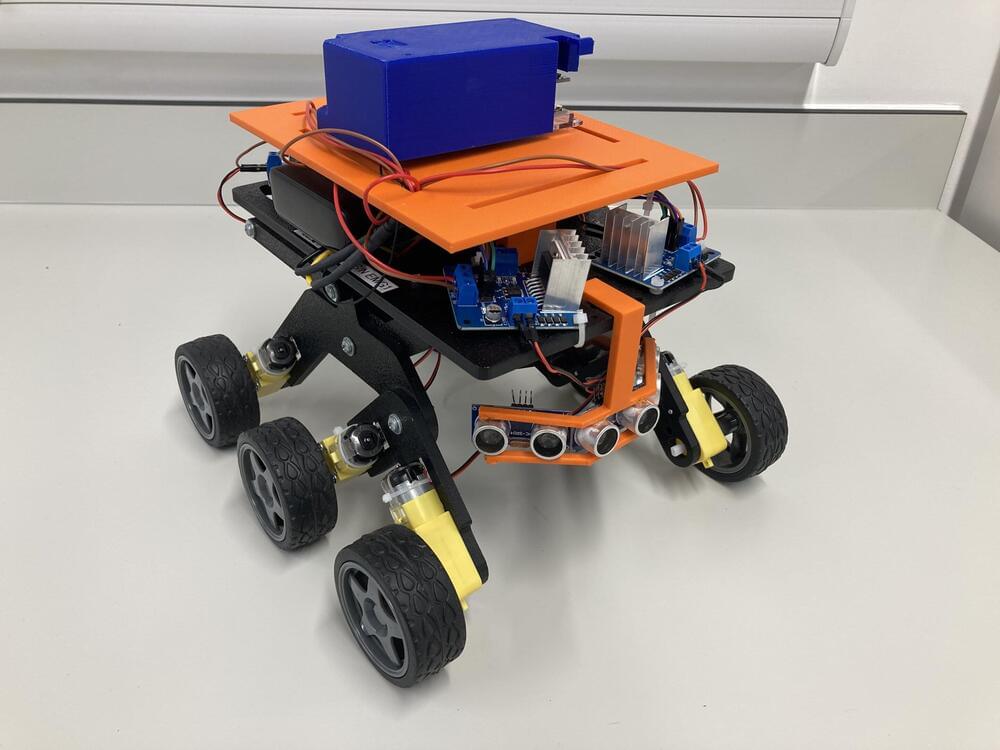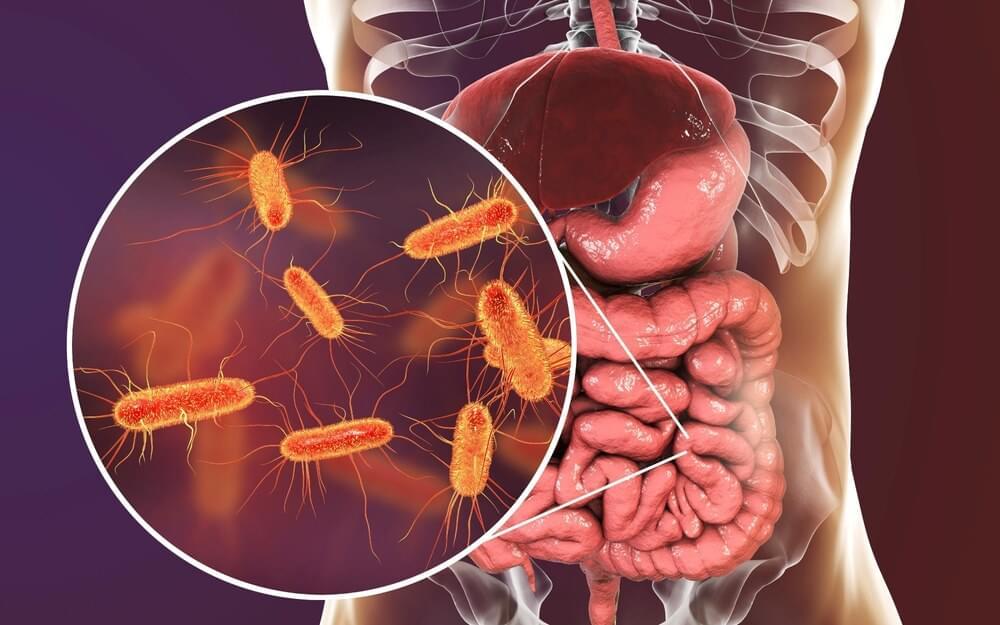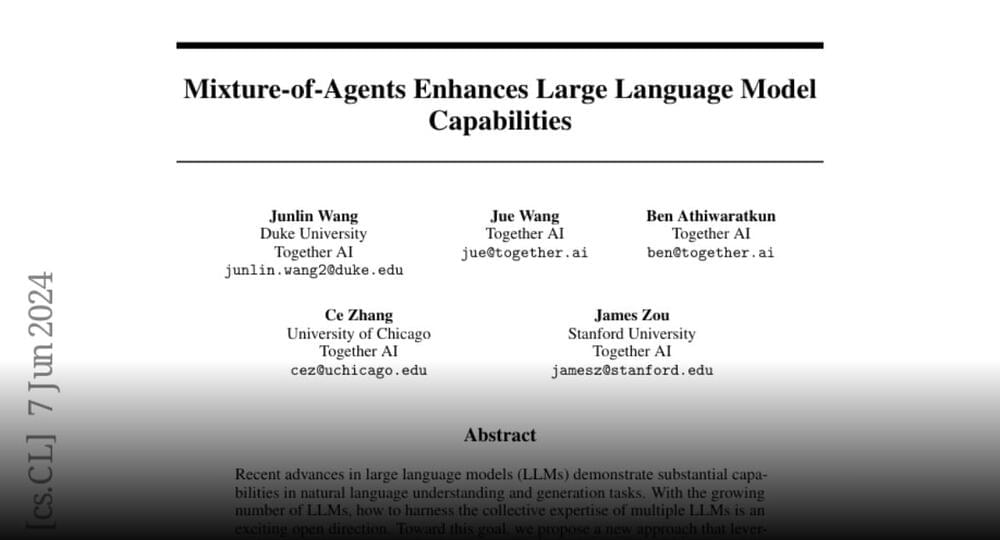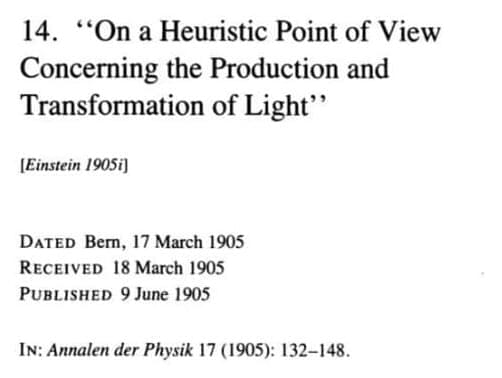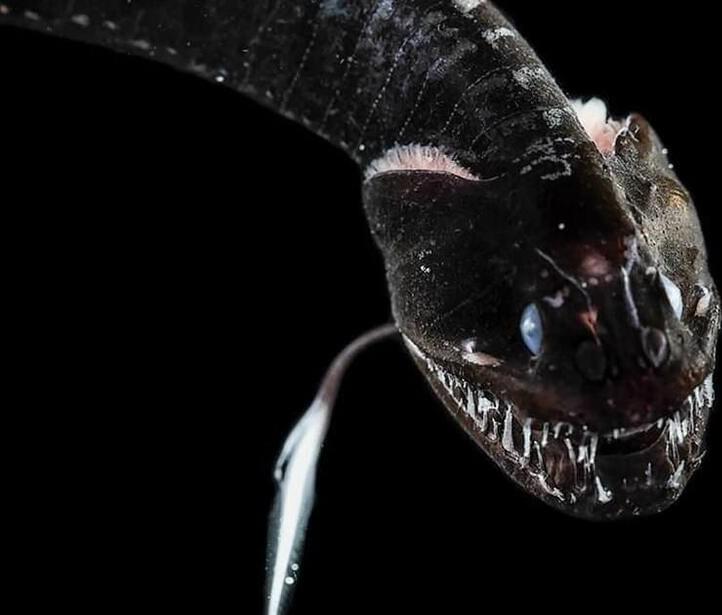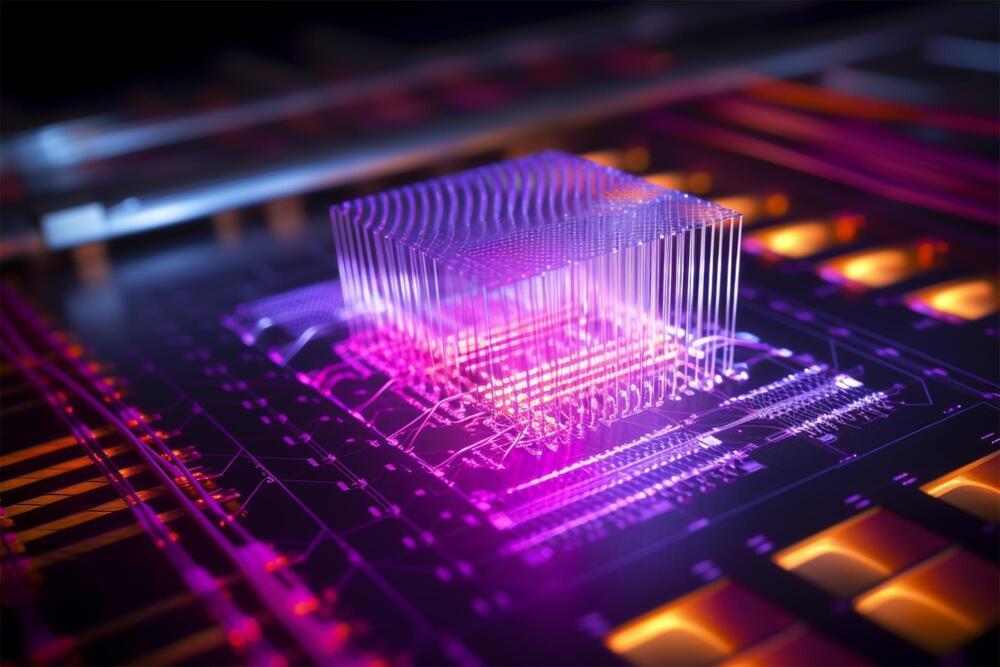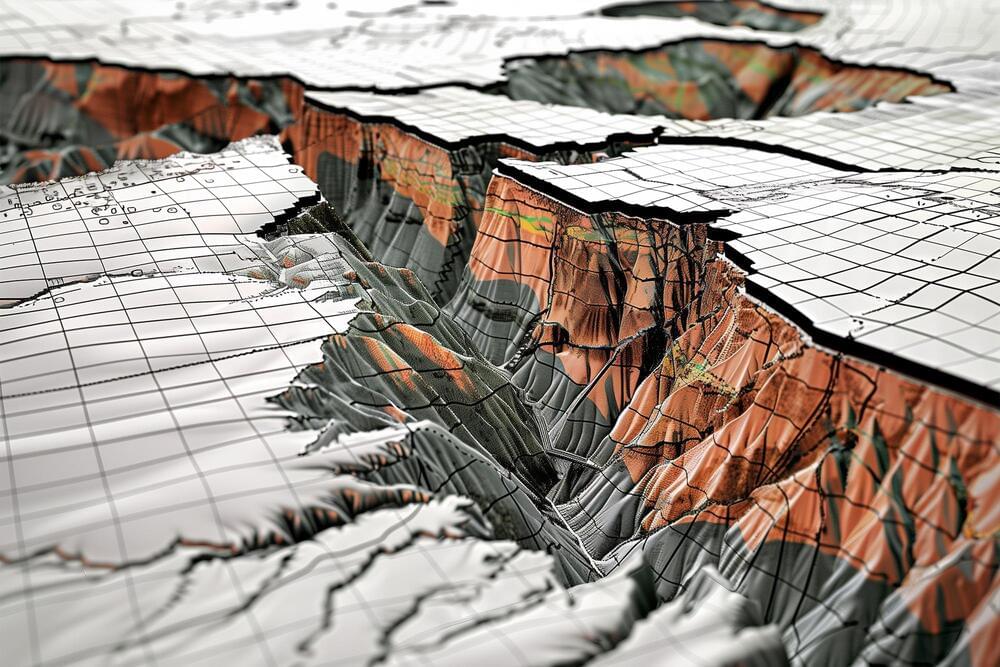Longevity equals crazy here. I did leave a comment.
Get ready for the Summer Season in style! Click the links below & receive your crazy offer for 24h only👇🏽 Check out over thousands of styles at GlassesUSA.com 👇🏽 Eyeglasses: https://glassesusa.me/3133_EmmaThorne_Eyeglasses https://glassesusa.me/3133_EmmaThorne… Muse Cherish Muse Cherish: https://glassesusa.me/EmmaThorne_Muse… Ottoto Everard https://glassesusa.me/3132_OttotoEver… Revel Relay https://glassesusa.me/3132_RevelRelay… Today we’re taking a look at anti-aging activists: the movement of wealthy individuals competing to reduce their biological age. How much of it is Silicon Valley pseudoscience? Join this channel to get stompid emmotes (see what I did there) / @emmathornevideos Captions by David Glennon: [email protected] Like and subscribe if you enjoyed! Website: https://www.emma-thorne.co.uk Emma Thorne Extra:
/ @emmathornebackstage Gaming Channel:
/ littleduckgaming Twitch:
/ emmalittleduck Instagram: @emmainashes Twitter: @EmmaTheGoblin Patreon:
/ emmathornevideos Merch: https://emma-thorne.com Ko-Fi: https://ko-fi.com/emmathorne PO BOX: Emma Thorne PO Box 78,387 LONDON E4 0HY Timcodes: 00:00 Bryan Johnson 10:49 Dave Pascoe 15:48 Rejuvination Olympics 19:51 Is Biological Age Testing Legit? 23:20 Blood Boys 27:59 Blue Zones Huge thank you to my Colossal Quackers and Giant Chickens on Patreon! Aspen Bill Garrett Brent Bartlett Chaotic Quakka Chocolate Jesus Douglas Steingraber 2 Fat Houdini Jaderian Jason Haase Jeremy Buck John E. John newman Kori Gailliot Lord Nibbles Dankworth IX Mike Nick Muggio Philip Doherty Purple_Pug_2013 Robi Groves Samandme59 Sean Hamill Vermont1777 Squeaky Fish 2 Al Sweigart Andrew Andy is ducking around April Washburn Azku Ben Eiynk Bert Whitehead Brandon Brian McKemey Buddmeister2.0 Cartoon Fan Ceilidh Chantale Cindarella Santonen Connla “Chicken Maximus” Lyons Darren McHaffie Darth_Rondoudou Dave Kircher Dave Smith Daylin Dreffed FalcorTheGinger Farron Sutton Faye The Succubus Flash prez Bluewolf Geeeee (NOT FOR VIDEOS) Henry Curtis Jan Bojarp Jason Runcie jaxjanjy jedidragonwarriorqueen Jim Lathrop Jo Ro John Fry Kevin Levites King Skippus Laker Sparks Lizzy Gayle Lulidine Matthew Green Mattus McChicken Nuggetus Mordlex 200 Mr Smeeth NotMyselfThisTime ohsosmooth Paul McGinty paul mueller PaulM Peter Kyrouac PJ Lesbirel Quique León Ralti razbitom Richard Jackson RileyTheTortoise Rosyna Keller RPGMP3 Sarah Chavis Sean Siliconself Simping on Emma Thorne SIRIUSLY SquidSuperHunk Tank Lowe Tax Man The Shropshire Lad ThmsR Thomas V Lohmeier Valyrie VinceWasSu WeirdyBeardy Will Crouch Willow the Wendigo Wrongtown.
